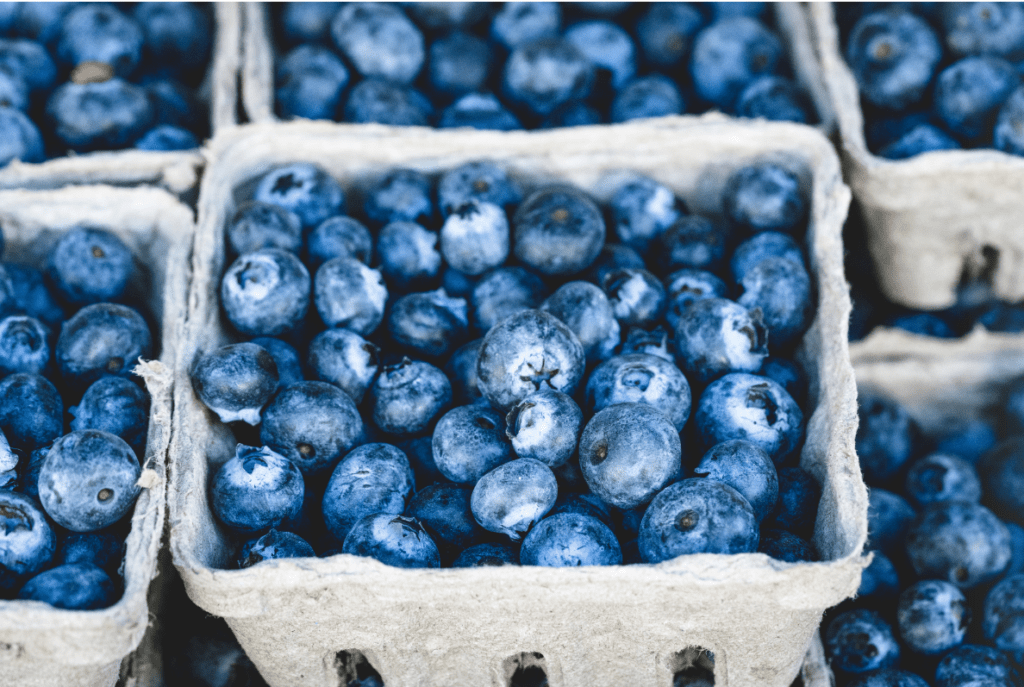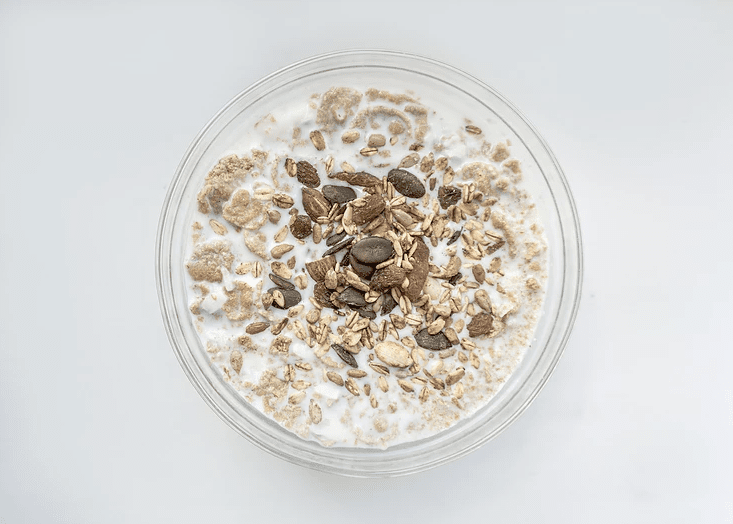Inflammation and inflammatory conditions which underpin a number of chronic conditions are definitely a hot topic, and nutrition is quickly becoming a candidate in helping to manage it alongside other therapies.
What is Inflammation?
Inflammation is the body’s way of responding when something is not quite right, it helps to signal the body to send the right tools to the place that is injured or damaged and to protect you against any harmful invaders.
Inflammation is a normal and healthy response and should not be avoided at all costs. It is only when inflammation occurs at the wrong place or at the wrong time or for too long that we run into a spot of trouble.
It is only when inflammation occurs at the wrong place, wrong time or for too long that we run into problems
There are a number of inflammatory conditions which require medical and nutritional management to be working together from inflammatory bowel disease (Crohn’s and Ulcerative Colitis) to type 2 diabetes to rheumatoid arthritis to endometriosis to heart disease, the list truly goes on and on.
So, what foods help fight inflammation? Read on to find out…
Eat the Rainbow
No, I don’t mean those colourful lollies (looking at you Skittles!), I mean eat the rainbow of fruit and vegetables.
You have probably heard this before, but each colour of plant carries its own unique profile of antioxidants and polyphenols which help the body fight inflammation and diseases. Antioxidants work by neutralising free radicals in the body which form for a variety of reasons in our day-to-day lives, by kindly donating a spare electron to the free radical preventing it from stealing one from our cells which would cause damage and propagate inflammatory processes.
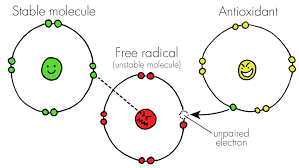
So, whilst I would never deter you from loading up on your greens, have a think of what colours may not feature on your plate too often? Perhaps, purple foods like eggplant and red cabbage are missing? Or are you forgetting white foods like onions, cauliflower, potatoes and mushrooms?
Across the week you want to cover: red, orange, yellow, blue/purple, green and white to ensure you are getting a spectrum of disease-fighting antioxidants, polyphenols, and flavonoids that can help combat inflammation. And don’t be shy, aiming for about 5 cups (metric) of uncooked veggies per day or about 2.5 metric cups cooked veggies each day is a great starting point!
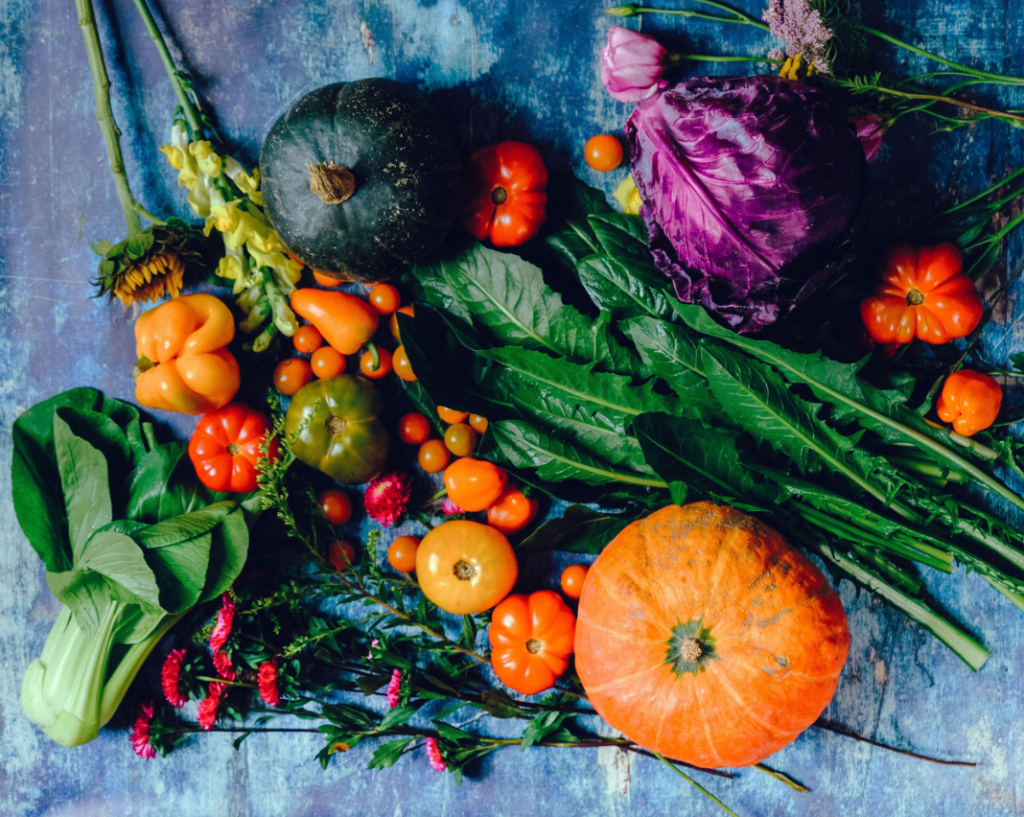
And don’t forget your fruit! Especially those deeply coloured fruits like berries, purple grapes, cherries (when in season) and the like as they have a higher antioxidant content. 2 fist-size pieces daily is needed for optimal health.
Studies have shown that an antioxidant-rich diet packed with fruits and veggies can play a potential role in the prevention of chronic diseases such as cardiovascular disease and cancer (Griffiths et al., 2016).
Healthy Fats

Monounsaturated and polyunsaturated fatty acids (fondly known as MUFAs and PUFAs) are the fats found in avocado, extra virgin olive oil, nuts and seeds, nut butters and of course, oily fish and seafood.
Omega-3 PUFAs are particularly interesting when it comes to talking about inflammation as they help favour anti-inflammatory pathways in the body, whilst their close relative omega-6 PUFAs can stimulate inflammatory pathways when these two nutrients are out of balance, in terms of their ratios.
Unfortunately, the Western diet has a ratio of omega-6 to omega-3s of about 15 to 1, whilst traditionally we were designed to manage a ratio of 1 to 1 (Simopoulous, 2002).
Take endometriosis, for example, prostaglandins are the messengers that are primarily responsible for the pain and symptoms associated with endometriosis. There are three kinds of prostaglandins, two that are pro-inflammatory in nature (i.e. favouring inflammation) and one that is anti-inflammatory. By consuming higher levels of omega-3 fats we can increase the production of the anti-inflammatory prostaglandins and (hopefully) help manage some of the painful symptoms of this chronic condition (Djuric et al., 2017). Rat studies have also shown supplementing with fish oil (rich in omega-3s) may help manage post-surgical adhesions related to endometriosis (Herington et al., 2014).
Speak to your GP or dietitian before commencing any new supplements.
You can read more about endometriosis on my blog here.
Besides those amazing omega-3s, high quality extra virgin olive oil (EVOO) is not only rich in those all-important MUFAs, but also high-quality extra virgin olive oil carries a host of naturally occurring antioxidants and polyphenols which carry individual health benefits, which fight against inflammation and disease (there are way too many to name and list here, but you can read more about these powerful compounds via The Olive Wellness Institute).
Check out this visual from The Olive Wellness Institute, comparing EVOO to other commonly used oils on the market when it comes to antioxidants, the choice is obviously clear!
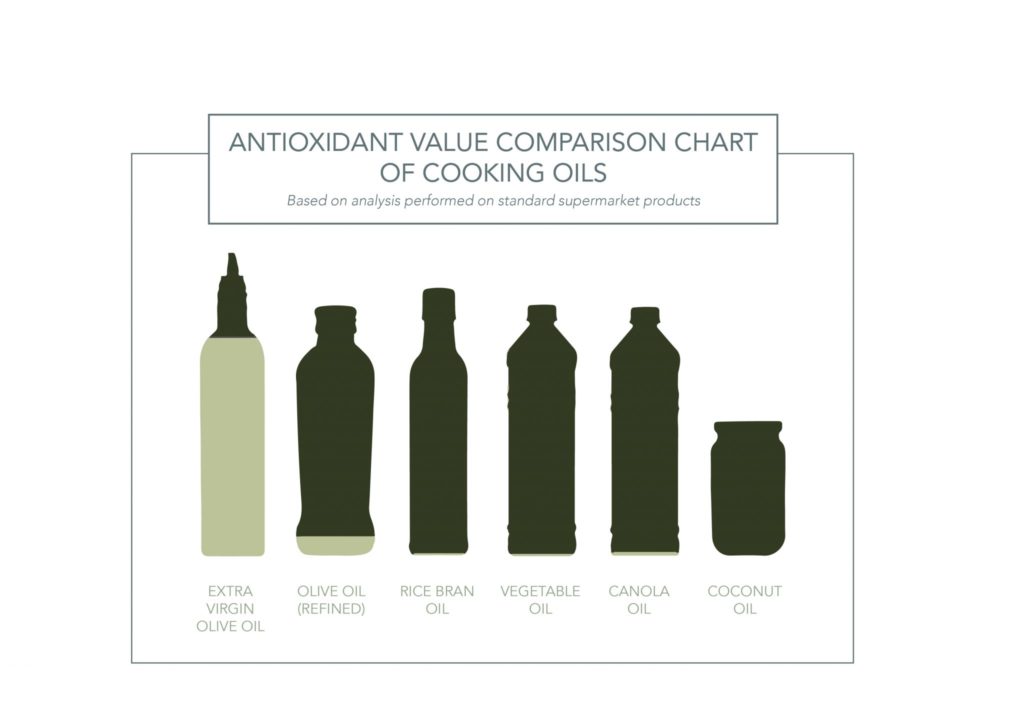
Legumes & Beans
Legumes, beans, pulses – whatever you call them, these little guys are the real deal when it comes to health, especially gut health and heart health. We know that legumes and beans are a critical part of the traditional Mediterranean style diets which have been shown to reduce inflammation (Sureda et al., 2018; Casas et al., 2014).
Legumes and beans contain stacks of nutrition from B vitamins, soluble fibre, plant protein and (surprise surprise) as a plant it also contains phytonutrients, which are important against fighting against various diseases.
I find, most people want to eat more beans and legumes but just are not familiar with how to cook them. Check out the Grains & Legumes Nutrition Council for some inspiration and recipe ideas to get you started on your legume adventures.
Herbs & Spices
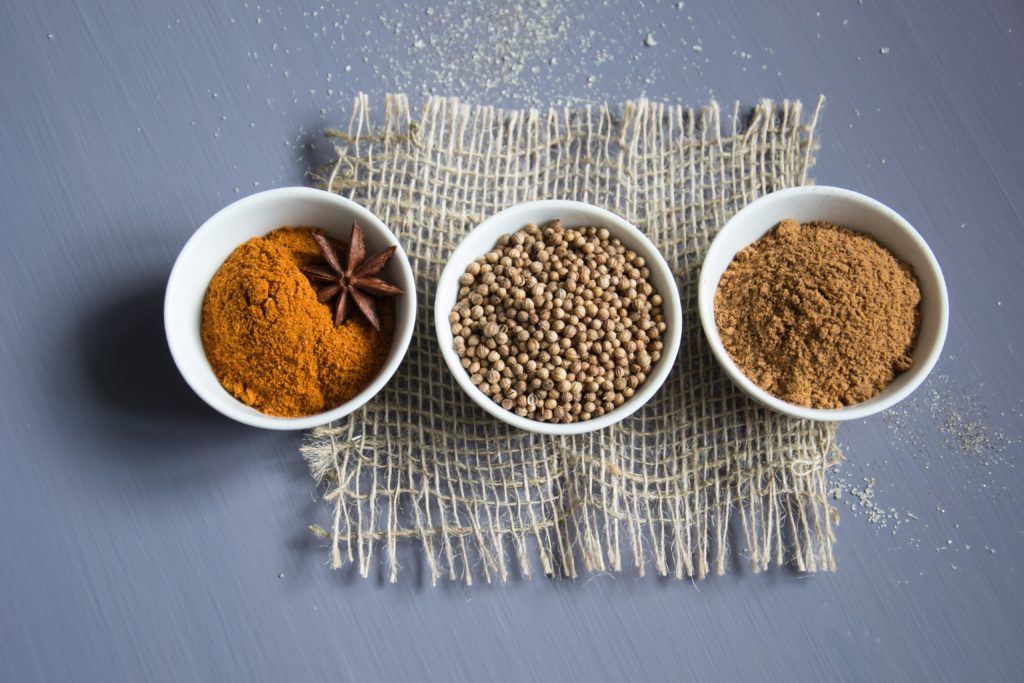
Herbs and spices contain a range of disease-fighting antioxidants that can help enhance your anti-inflammatory eating patterns. Whether dried or fresh or a ground up spice, each carries its own unique benefits!
Turmeric has become particularly popular over the past few years, this vibrant yellow powder from the turmeric root contains the compound curcumin, known for its anti-inflammatory properties. Studies have even shown it can help manage the discomfort associated with arthritis (Daily et al., 2016). Be sure to combine curcumin found in turmeric with piperine found in black pepper in your cooking to enhance its absorption in the body by a whopping 2000% (Shoba et al., 1998).
Ginger may be another particularly potent spice to use for its anti-inflammatory properties, with evidence showing that it can help limit inflammatory processes in the body (Terry et al., 2011).
Evidence continues to emerge on the role of herbs and spices in inflammatory processes and chronic disease, however, current evidence is promising showing populations with higher spice intakes like India had lower occurrences of cancer versus the USA population which consume less spices, obviously there are many other factors at play that could explain this relationship too (Kunnumakkara, et al., 2018).
Dark Chocolate

If all those options above didn’t get you salivating, then this food to help fight inflammation definitely will! Studies have shown that dark chocolate can help reduce stress and inflammation when you eat at least 70% dark chocolate (read more).
Cacao contains plenty of antioxidants and flavonols which is likely where the benefits come from with higher percentage dark chocolate comes from with studies starting to show benefits for cholesterol, brain function and heart health.
Of course, it is still a source of refined sugars and potentially saturated fats, so choosing a good quality dark chocolate and consuming in moderation (perhaps the whole block everyday may not be the best idea) can be the delicious icing on your anti-inflammatory diet cake!
Final Thoughts on Foods Fighting Inflammation
By no means will simply eating well be the only answer to complex and chronic conditions, an approach that incorporates medicine and diet is best to help manage your health.
If you are looking to support your body with foods to help fight inflammation, be sure to eat the rainbow of fruit and veggies daily, load up on omega-3 fats from oily fish, nuts and seeds and switch to extra virgin olive oil, aim to increase your legume and bean meals to a few times per week, incorporate a variety of herbs and spices, but especially turmeric and ginger when you can, and don’t forget the dark chocolate!
Need help managing your health through nutrition and diet for an inflammatory condition, like endometriosis or arthritis? Get in touch for a FREE 15 minute discovery call with us to discuss how nutrition can help enhance your health.

